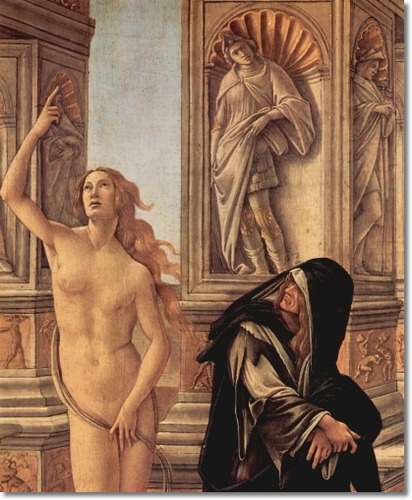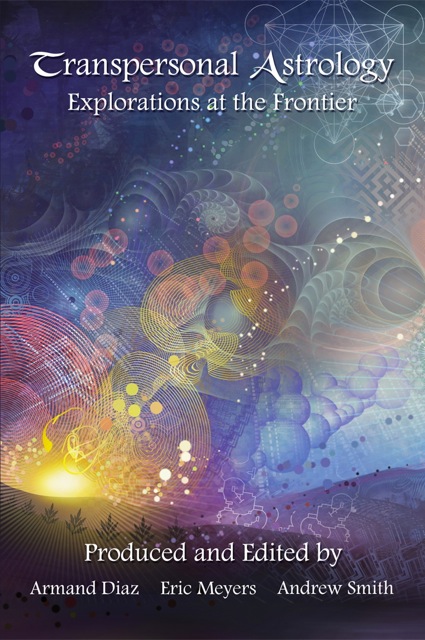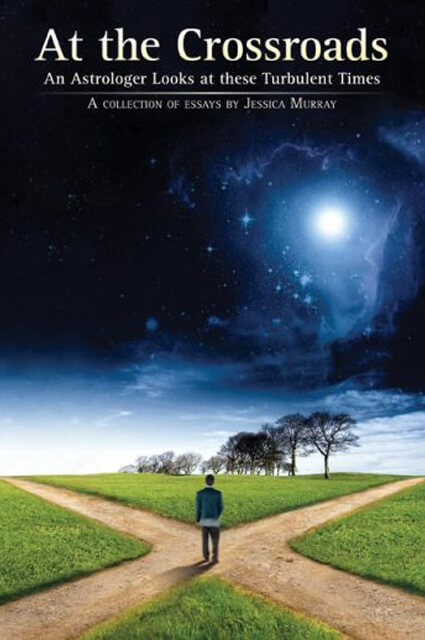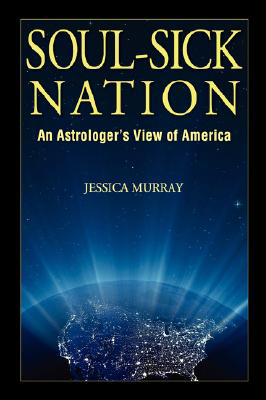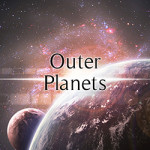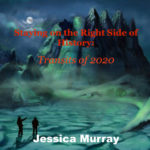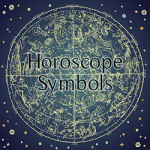Halloween and the Veil Between the Worlds
Halloween arrives with the brisk autumn wind, when our sensibilities are undergoingthe same subtle but profound changes as Nature herself. The energy in theair is ambivalent, prickling with unease but alive with the promise ofconnecting us to life in a new way, a deeper way. Halloween reminds usof the existence of powers we cannot see, and yet still somehow understand.
Thekeen sense of nostalgia many of us feel at this time of year may be dueto cellular memory, which keeps us in touch with Halloween’s long, richhistory. Archaic collective imagery of a very special kind
Children of the Moon
The recent black-out in New York City got me thinking about how rarely we get to experience a pure, velvety black night sky, studded with Moon and stars, shimmering with information. These days we city dwellers may even forget the Moon is there, unless we catch a glimpse of her as she rises between buildings, her magical luminosity not quite drowned out by the city’s electric lights.
Though the Moon is a universal icon, ubiquitous in our romantic language, in our psychology, literature and popular song, millions of us never actually see her. But there was a time when the Moon was humanity’s primary religious and temporal reference point, as comforting as a child’s nightlight, mysterious as a sovereign goddess.
Saturn on America’s Sun: We Meet the World Outside our Borders
The planet Saturn is potent this year. It is orbiting in perihelion — as close to the Sun as it gets– with a peak period in July 2003. In this state of maximized strength, Saturn will ingress into Cancer in early June, which means that for the next couple of years, all charts with Cancer planets have an appointment with their karma.
Saturn, governor of karma, completes its turn around the zodiac every 28 years, necessitating the native to reap that which he or she (or it) has sown. There is nothing mysterious about the operation of this law. It is one of the least opaque principles in metaphysics.
The Cowboy Hat vs. the Black Beret
“There may still be two superpowers on the planet: the United States and world public opinion.”
The New York Times, WASHINGTON, Feb.16, 2003
Saddam and Bush: one would think it was a showdown at the OK Corral, two guys, two guns, and a dusty street lined with spectators. The media is presenting the proposed war as if it were all about these two guys; as if all we needed was to see their picture often enough and know what they had for breakfast, and we’d understand what was happening.
Clock Time vs. Cosmic Time: What good is telling time, if it is an illusion?
As astrologers, we are the appointed timekeepers of metaphysics. Throughout history we have been the jealous guardians of the astrolabe, the hourglass, the ephemeris and the computer tables, clocks and calendars which use the sky to tell what time it is. Sky calendars are our lingua franca. Yet we must grapple with a basic conundrum: clock time and calendar time do not exist in cosmic reality. This is one of those things that is obvious once you think about it. But we don’t usually think about it.
Ever since humans have been on earth, they have been looking up, gazing at the sky, tracking time. The Julian Calendar used so widely today is a very recent invention. So are all linear calendars.
America’s Crisis of Maturity
Ours is a notoriously immature culture. One could even go so far as to say we pride ourselves on our adolescent ethos. Youth is king; juvenility is cool. Our president was not offended when he was portrayed as a comic-book super-hero on the cover of the satirical German magazine Der Spiegel. He was flattered.
Our mass obsession with physical youthfulness has been widely noted; the very word “mature” has become a euphemism for “no longer young and beautiful”. But far more insidious is the damage our cult of immaturity has inflicted upon the non-physical aspects of our beings. As a group, we lack a maturity of mind and soul.
America’s Crisis of Maturity: The Saturn/Pluto Factor
Poor old Saturn, the planet of responsibility, is usually quite narrowly considered. We tend to think of its lessons as material tasks and calls to filial duty: I must go to work on Monday morning; I must call Grandma on Tuesday; I must settle down and become a parent before I’m thirty.
But Saturn has to do with being grown-up in all arenas of life. Its recent duet with Pluto has intensified the question of what it means to mature in all of our human roles, not just the immediate ones.
Limiting the Dark, Deepening the Light: The Saturn-Pluto Opposition
The Flaming Arrow
Astrologers have been talking for years about the likelihood of holy wars during Pluto’s tenure in Sagittarius, the sign of religion. On September 11, the fiery arrow that is this sign’s symbol took the form of a speeding airplane (Sagittarius again) crashing into New York’s proud mercantile towers.
Hidden Faces of the Asteroid Goddesses
During the last few decades the inequities of patriarchy have been challenged in virtually every realm, from the legal to the linguistic. Celestial symbolism may be the last bastion of the old boy’s club that has defined civilization in the Western World, but there are stirrings of change even there. The discovery of the four major asteroids, just now, at the advent of the Millennium, symbolizes that change. From pagan sky-gods through Jehovah and Allah, male divinities have reigned in heavens perfectly suited to male-dominant cultures. Classical theologians, from whom contemporary astrologers draw so much of our imagery, voted Jupiter/Zeus as king of the sky and we have retained the male focus, with our pantheon of eight male and only two female planets, ever since.
Coming Back Home to the Cosmos: Humanity’s Re-embrace of the Feminine
“Patriarchy is best understood as the 5,000-year birth-canal of the Great Mother Goddess.” — Richard Tarnas, at the Cycles and Symbols III Conference, San Francisco February 1997
A long, long time ago, the cosmic creation force was seen as female: the spark of life that had begun the Universe was likened to a biological mother giving birth. The earth, which fed everybody, was seen as maternal. People saw her caves as wombs, and buried their dead back within the belly of the Mother, vagina-like cowry shells clutched in their hands.

